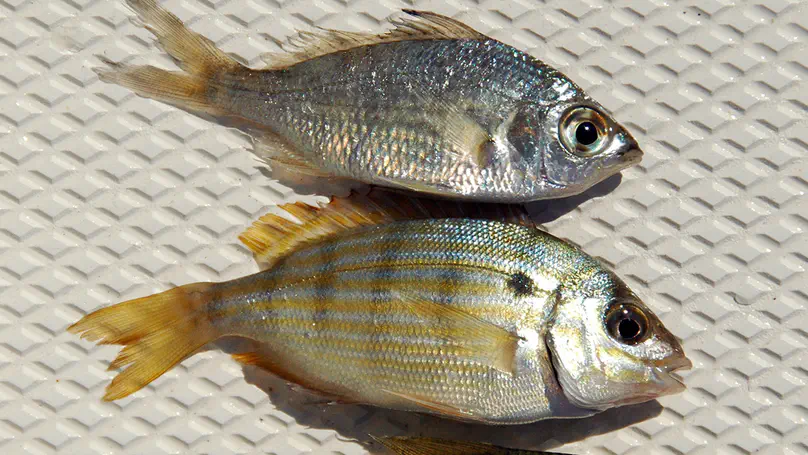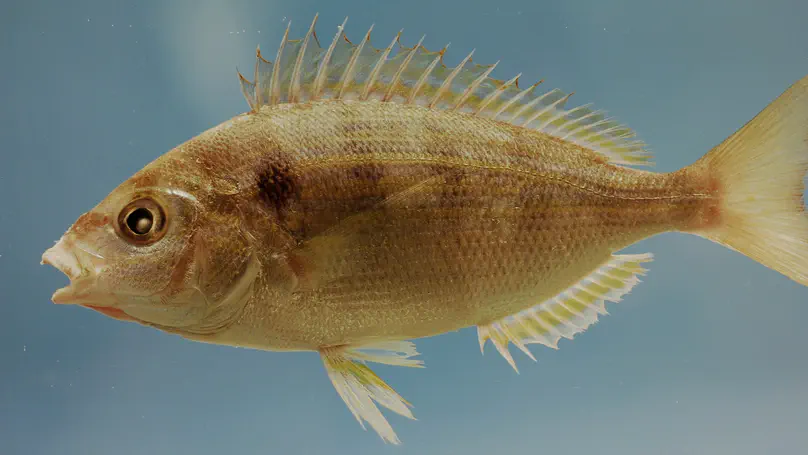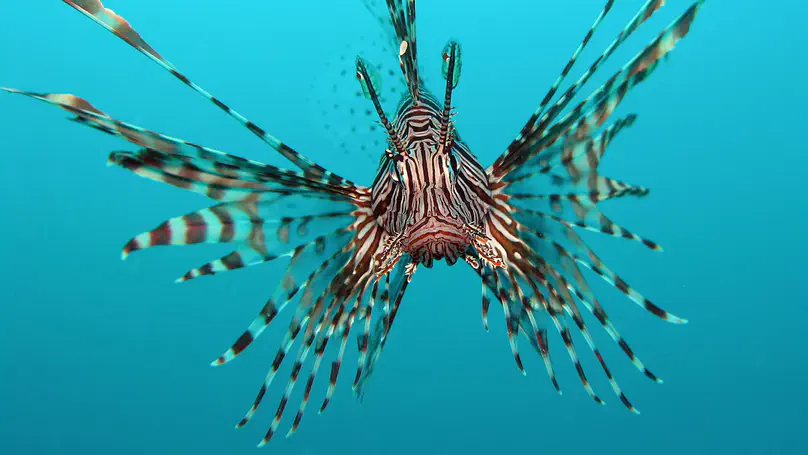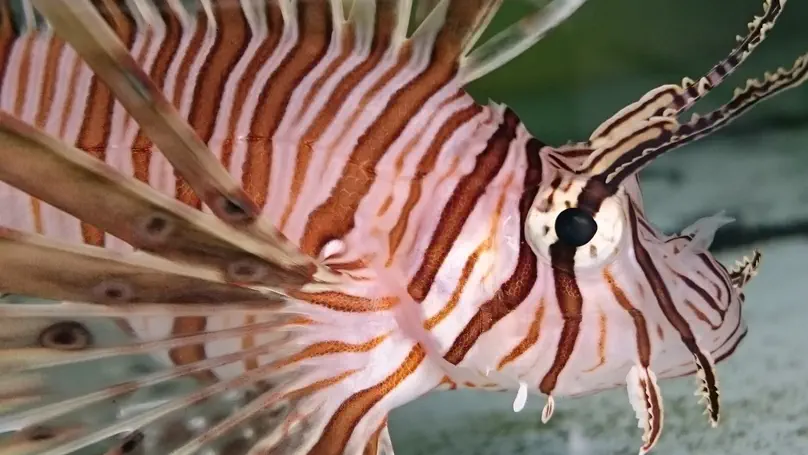Publications

Forage fish play an important role in nutrient and energy transfer through the food web. In this study, we analyzed 20 years or forage fish community composition and abundance data to investigate spatiotemporal variability in community structure and quantify associations with habitat. We uncovered significant regional structuring of forage fish communities, coupled with a strong association with habitat characteristics related to latitudinal effects and basal resource regime. We additionally revealed significant subdecadal periodicity potentially associated with bottom-up effects of global climatic cycles. The significant association of forage fish communities with habitat regime shown in this study underlies the importance of continued monitoring of these communities.

Pinfish are in important species of forage fish in the western Atlantic that play an important role in nutrient and energy transfer through the food web. We analyzed a 19-year dataset of Pinfish abundance across eastern Gulf of Mexico esutarine habitats to uncover their population dynamics. We uncovered relatively stable long-term dynamics modulated by highly dynamic inter-annual patterns of abundance which varied latitudinally among estuaries.

We identified and enumerated prey items from a sample of over 300 lionfish from the Arrecifes de Cozumel National Park in Cozumel, Mexico. We uncovered a varied diet that transitioned from shrimp-dominated to fish-dominated over through ontogeny, including a uniquely large number of crabs in the diet.

We analyzed a large dataset of lionfish stomach contents across the western Atlantic to identify trends and patterns in lionfish diet throughout their invaded region. We uncovered a largely varied diet composed of fish, shrimp, and other invertebrates, with clear evidence for ontogenetic shifts from a shrimp-dominated to a fish-dominated diet with increasing length and age.